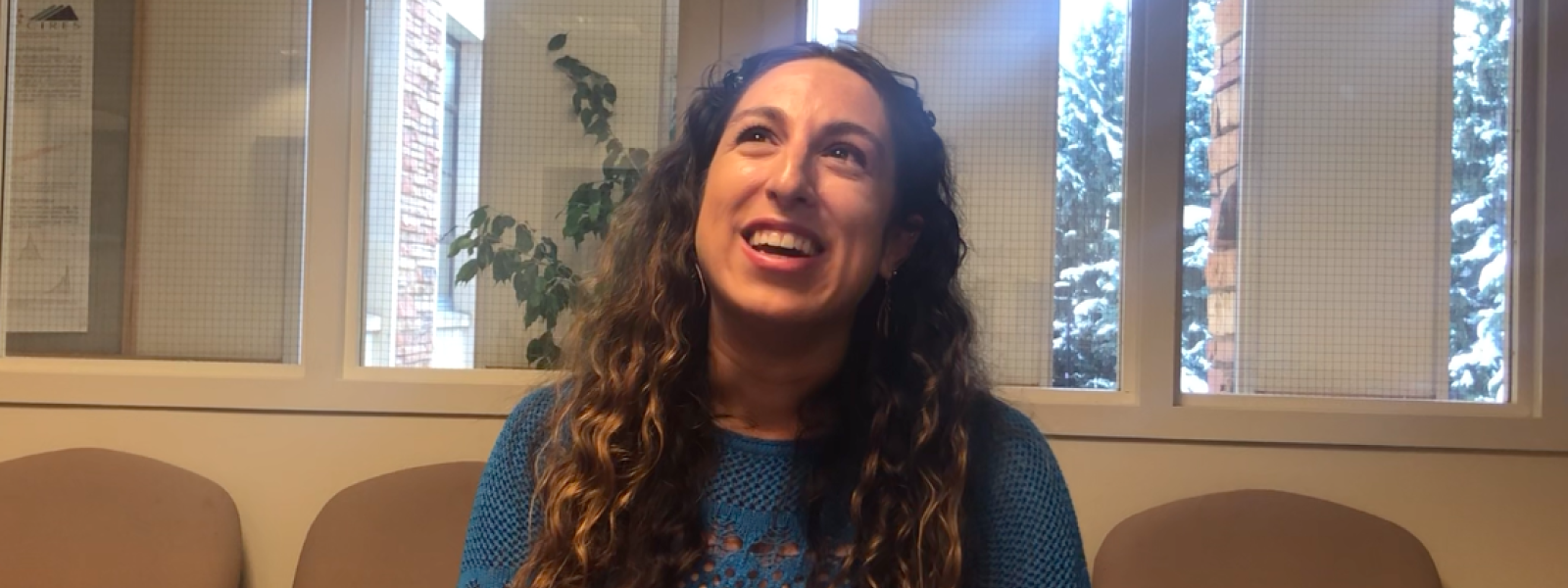Faculty Information
I teach research in my course. Am I teaching a CURE?
Does your course conduct research with no known outcome?
Does the research allow for failure or inform students to prepare for the unexpected?
Does the course produce novel data that can be useful to others in the field?
If yes, then your course is likely a CURE.
Why should I teach a course-based undergraduate research experience (CURE)?
Integrate your research in the course you are teaching.
Increase your chances of publishing original research.
Engage with students and see them develop a more authentic and rewarding relationship with research.
Although the impacts of CUREs on students have been widely studied, the benefits to faculty have only recently been appreciated. Faculty who teach CUREs report increased integration of their own research in their teaching, recognition from departments and institutions, and opportunities for publication. They also find that teaching CUREs gives them more enjoyment and reward due to intellectual stimulation and increased student engagement (Shortlidge, et al., 2017).
Pamela Harvey (EBIO) discusses her experience teaching CURE at CU.








